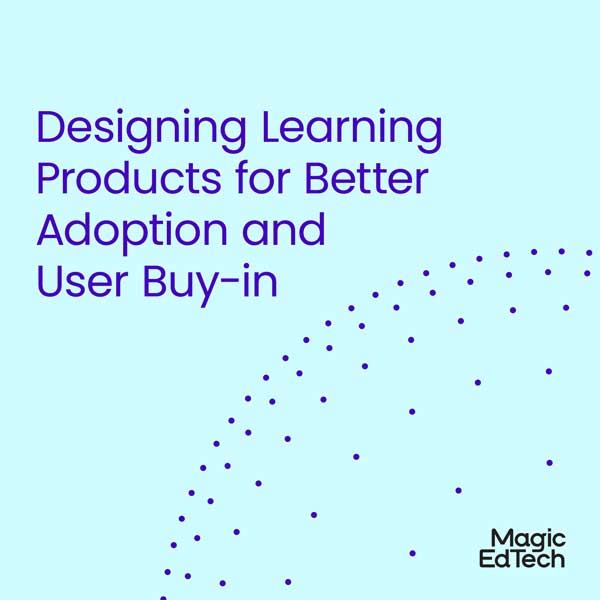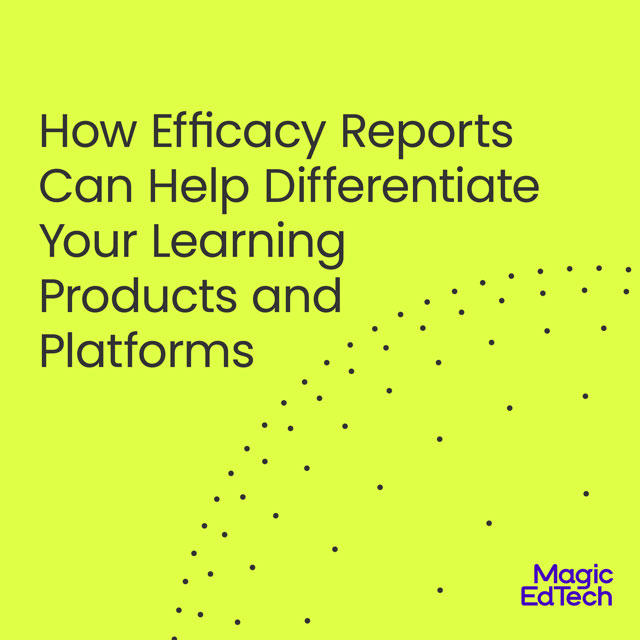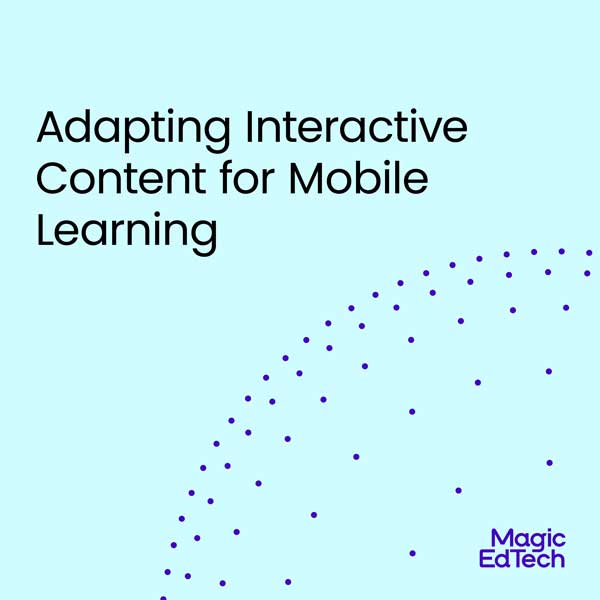LTI: The Future of Learning Management Systems
- 12 January, 2023
- Reading Time: 4 minutes
Learning Management Systems (LMSs) have become the foundation of eLearning delivery. Modern LMSs not only host learning content, but also create an environment of learning comprising the content, the learner, the educator, and the service provider.
What is LTI in Education and Learning?
1EdTech (formerly the IMS Global Learning Consortium) has developed a series of Learning Tools Interoperability (LTI) standards. LTI provides an efficient way for applications to integrate with LMSs. The biggest advantage of LTI integration is that it allows users to access digital learning resources, apps, and tools within any LMS with a one-click, seamless connection.
How Does LTI Integration Work?
LTI specifies how a learning system can communicate with and invoke external systems. The current version of the specification, V1.3, uses OAuth2, OpenID Connect, and JWT Tokens.
For example, an LMS may use LTI to host course content and tools provided by external, third-party systems on a website. The advantage here, is that a learner need not log in separately on the external systems. This happens because LTI Integration makes it possible for the LMS and external systems to share information about the learner and the learning context.
In short, the LTI standard enables the seamless exchange of real-time information between an LMS and the learning apps. It enables users to easily transition between learning tools, avoiding the hassle of logging in to individual tools.
Overcoming the Limitations of an LMS With LTI
An LMS is essentially a content and user management system that connects the content, the users, the administrators, and the content providers. There are a defined set of standards that make the content recognizable by the application and usable by the student and administrators. SCORM is the most common standard used in LMSs (shareable content object reference model).
Any SCORM-based content can be hosted and managed by an LMS that recognizes SCORM. still, there are numerous learning apps, tools, contents, and conditioning which aren’t SCORM- grounded. A traditional LMS grounded on SCORM isn’t able of exercising similar content. Here’s where LTI norms come into play. In other words, you need to make sure your app supports the LTI protocol in order forLMSs to be suitable to connect to it.
What Problem Does LTI Solve?
LTI provides standardized and seamless integration between a growing set of cloud-based learning applications and learning environments. This includes platforms, such as learning management systems, portals, or learning object repositories.
What Aspects of Integration Does LTI address?
LTI integration enables a secure launch from within the learning terrain. This terrain handles user interface integration, SSO (single sign-on) to the literacy operation, and the end of important environmental information that is similar to the course and user information. LTI also enables secure communication of data from the learning application to the learning environment, similar to courses, scores, grade books, etc.
How LTI Makes an LMS More User-Friendly
There are several benefits of LTI functionality in an LMS. The primary benefit is an exemplary learning experience for whoever uses the LTI-equipped eLearning platform. Using LTI makes these learning experiences more accessible because it makes an LMS more user-friendly. It does this by enabling a SSO (single sign- on) login procedure. It also allows learners to fluently exchange the data.

6 Benefits and Features of LTI
LTI has many advantages. Some of these include:
1. Seamless single sign-on: It enables a seamless online environment through a single sign-on learning portal for all users.
2. Enhanced learning ecosystem: LTI improves the digital learning ecosystem. LTI eases the process of integrating external content, apps, and tools into a course. It plays a key role to encompass new functionality in an LMS.
3. Enhanced functionality at a reduced cost: LTI allows tools to reuse the contents and technology across various platforms. It thus decreases the cost and time required to integrate diverse digital resources into an organization’s learning ecosystem.
4. Reliability: LTI provides a robust, dependable, conduit for content and data exchange.It enables targeted and deep linking of learning objects from anywhere in the learning ecosystem. In addition to being flexible, it is also highly secure.
5. Secure Data Exchange: LTI helps keep user data secure by enabling direct data transfer and data interactions between platforms.
6. Saves Time: LTI reduces the time demanded to integrate or apply learning tools, test them, and use them.
LTI is a great action that will enable organizations to ameliorate on the current complex infrastructures by using a standard and flawless way of integrating a wide range of learning tools and operations.
Endless Possibilities for eLearning and LMSs through LTI
With the IMS Global Learning Consortium’s Learning Tools Interoperability (LTI) standard, you can fluently plug-and-play a wide range of external tools, learning content and learning conditioning available online within your LMS.
LTI has been created more within the fields of education, publishing, government, and healthcare, and is designed to bypass content operation straits and make it easier and faster to integrate and deploy learning services. Numerous schools, seminaries, universities, hospitals use LTI because it allows them to concentrate on learning issues and not on technology.
Conclusion
LTI eliminates technology barriers by simplifying the integration of third-party courses, apps, and tools into the organization’s learning management system. LTI can assist Instructional Designers in making learning material more efficient. LTI boosts the possibility of expanding the total eLearning offerings of an organization.




